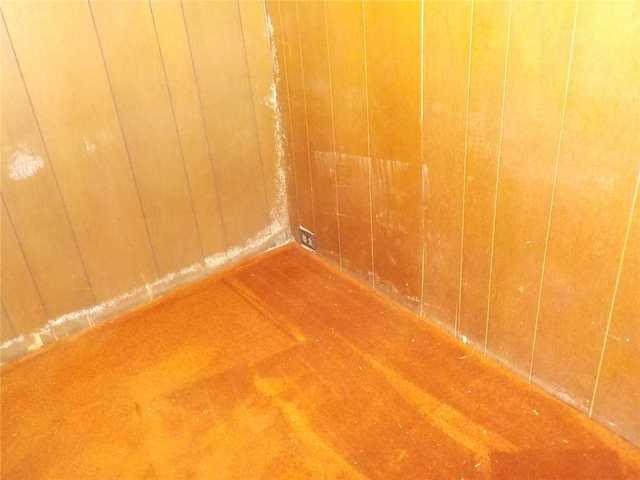
Warping and Mold on Wood Paneling
One of the stressful things about wood paneling (or any non-waterproof wall covering) is that you don't know what's happening behind it). The white debris you can see at the bottom of the walls is a sign of mold, and the walls themselves are warped and discolored from water.
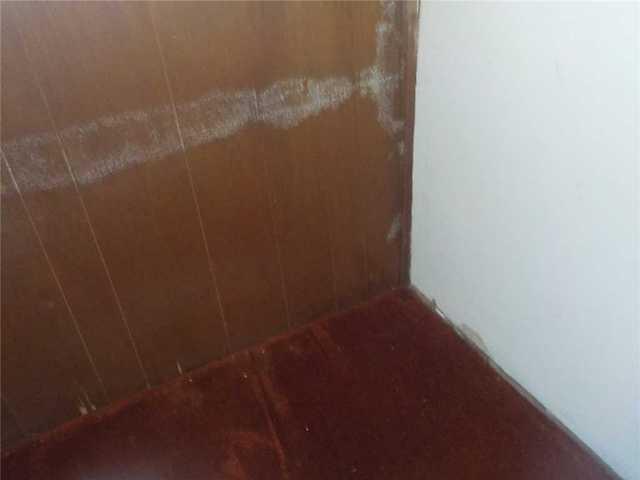
Signs of Water Damage on Wall Panels
This white staining is a good indication of where water is coming through - as it soaks through the wood panels, mold can grow.
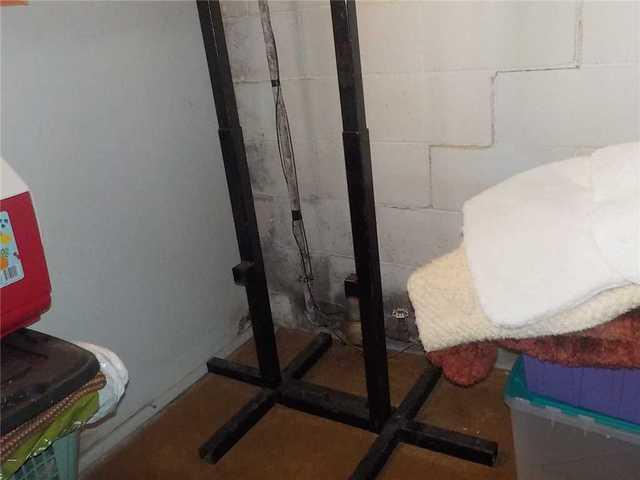
Mold on Unfinished Wall
The mold and staining on this unfinished wall (side note: that crack is likely an entry point) hint at what's happening behind the wood paneling.
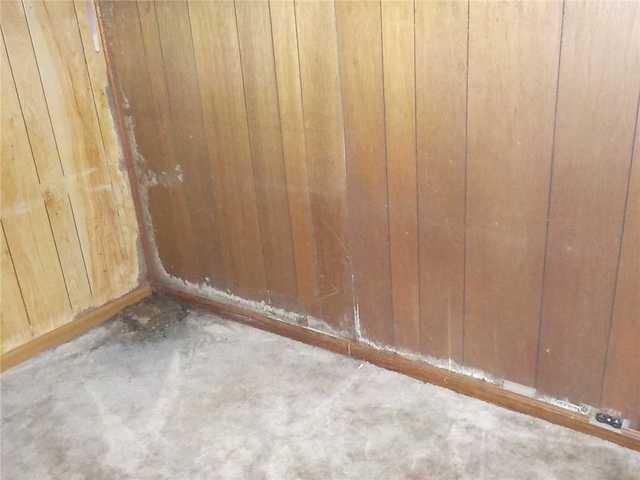
Heavy Water Damage in Finished Basement
It's clear from the mold on the panels and the staining in the corner that this is one of the major water entry and pooling points.
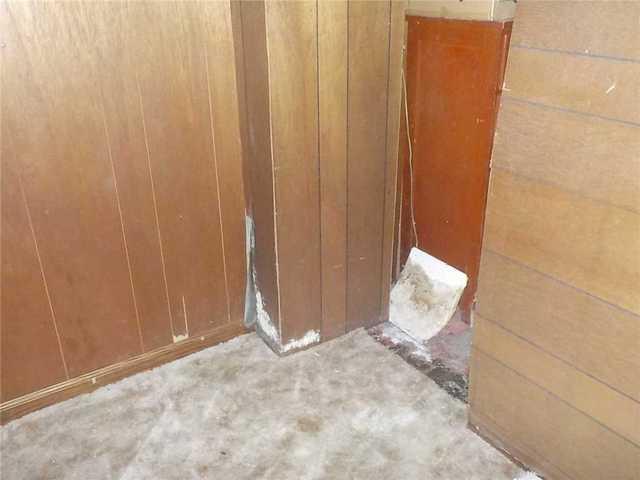
Wood Panels Peel in Wet Basement
In addition to warping and discoloring the wood paneling, water can also peel it right apart.
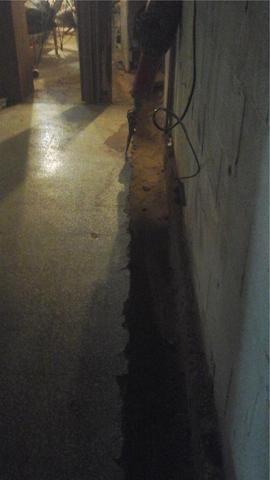
Removing the Floor for WaterGuard Installation
In order to install a below-floor drain, we have to actually get below the floor. This is achieved by jackhammering out a perimeter of the concrete and then pouring new cement after the system is in place.
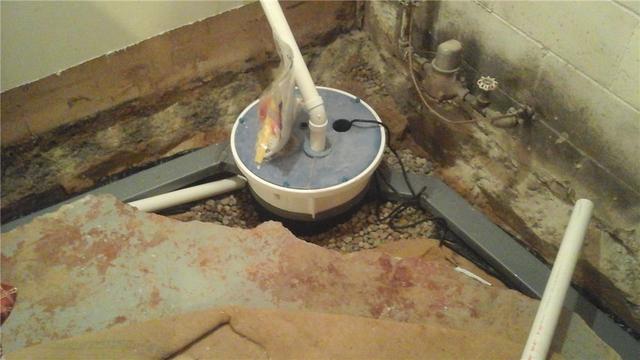
Super Sump Discharges Water Efficiently
A waterproofing system is all but useless without a sump pump. By installing the Super Sump at the low point of the basement and tying it into the WaterGuard, we can ensure that all water is collected and discharged.
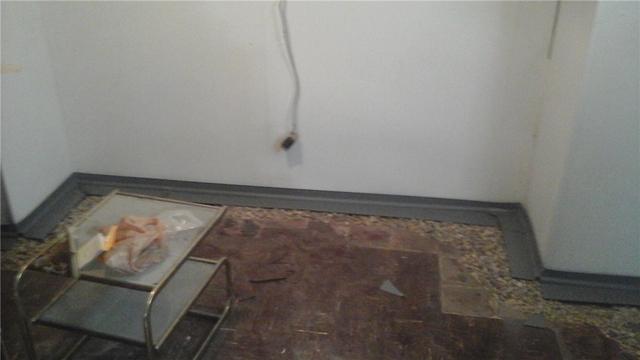
WaterGuard and Brightwall Give Extra Waterproofing Power
In addition to the WaterGuard drain system collecting and routing water, our Brightwall panels can be tied into the WaterGuard to direct incoming water to it. Plus they're a nice clean white finish instead of warped wood paneling - upgrade!
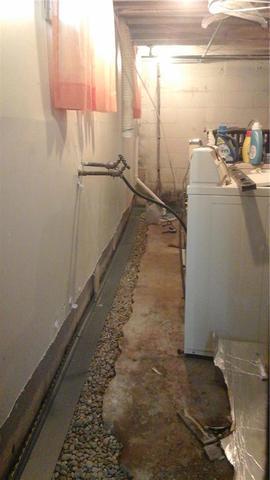
WaterGuard Installation in Progress
WaterGuard is installed around the entire perimeter of the basement.
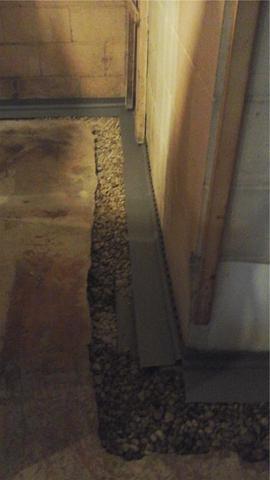
Working Around Corners
WaterGuard can be installed around corners, fixtures like pipes and appliances, and any other obstacle you can think of.









